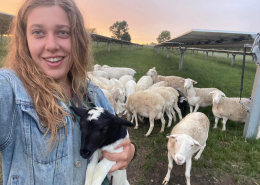
Case Study: Mauntel’s Solar Sheep
Written By: Alex Delworth, Clean Energy Policy Associate; Center for Rural Affairs
Just off the campus of Maharishi University in Fairfield Iowa, sits a 1.1-megawatt (MW) solar farm. Beneath the panels, a flock of sheep and their newborn…
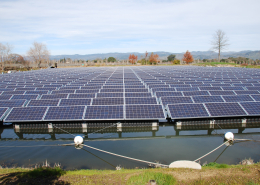
Case Study: Far Niente Winery
Photo courtesy of Far Niente Winery
By Anna Richmond-Mueller, NCAT Energy Analyst
At Far Niente Winery, respecting the land and all it provides is just second nature. Since 1979, their winemakers have been coaxing award-winning wines…
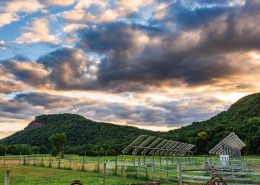
Case Study: UMass South Deerfield Pilot Project
Photo: AgriSolar Clearinghouse
The South Deerfield dual-use array is a research facility built at the University of Massachusetts (UMass) Crop and Animal Research and Education Farm. The pilot project is the result of a team leveraging private,…
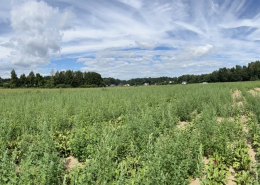
Case Study: Joe Czajkowski Farm
The Joe Czajkowski Farm project will be a commercial agrivoltaic array in Hadley, Massachusetts, set to be completed in time for the 2023 growing season. The project was developed through a partnership with Joe and Hyperion Systems, Amherst,…
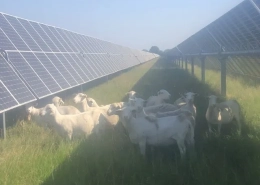
Case Study: Texas Solar Sheep
In partnership with Lightsource BP, Texas Solar Sheep grazes over 1,800 sheep on a solar site in Deport, Texas. These sheep are grazed in groups of 50 to 75, 250 to –270, and even 500, making Texas Solar Sheep one of the largest Agrisolar…

Case Study: Summit Plant Labs
Agriculture Type: Specialty greenhouse farming
Project Type: Small commercial net-metering agrivoltaic system
Project Size: 26.7kW-DC
Project Design: Solar fence structure, SolarEdge inverters, 72-cell bifacial solar panels
Location:…
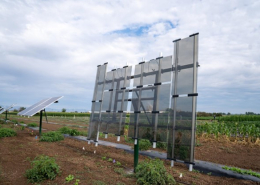
Case Study: Sandbox Solar Agrivoltaics Research Site at Colorado State University’s ARDEC South
All photos courtesy of Sandbox Solar
Agriculture Type: Specialty crop research farming
Project Type: Small commercial net metering agrivoltaic system
Project Size: 11.4kW-AC
Project Design: Solar pole mount structure, SolarEdge…
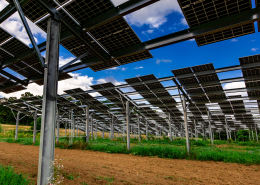
Case Study: Grafton Solar
At Grafton Solar, cattle are grazing nearby fields of squash and lettuce at the 150-year-old family operation known as Knowlton Farms. Located in Grafton, Massachusetts, this project is demonstrating how diverse agricultural production can be maintained underneath a 2MW community solar array + 1.4MW of battery energy storage.
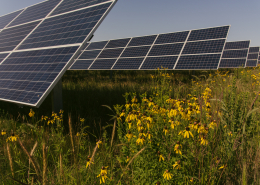
Case Study: ENEL Green Power’s Lake Pulaski
Lake Pulaski is an agrivoltaic solar power plant site developed by Enel Green Power that spans over 68.2 acres in Buffalo, Minnesota. This site is one of 16 developed for the Aurora Distributed Solar LLC project in 2017, supporting pollinators,…
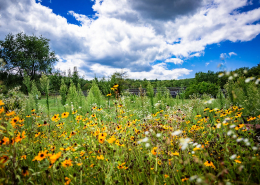
Case Study: Million Little Sunbeams
Million Little Sunbeams: Where tradition meets innovation.
Massachusetts’ first operational dual-use solar system took root in the town of Monson, where Nate and Ania Tassinari aspired to reinvigorate their 3rd generation family…
